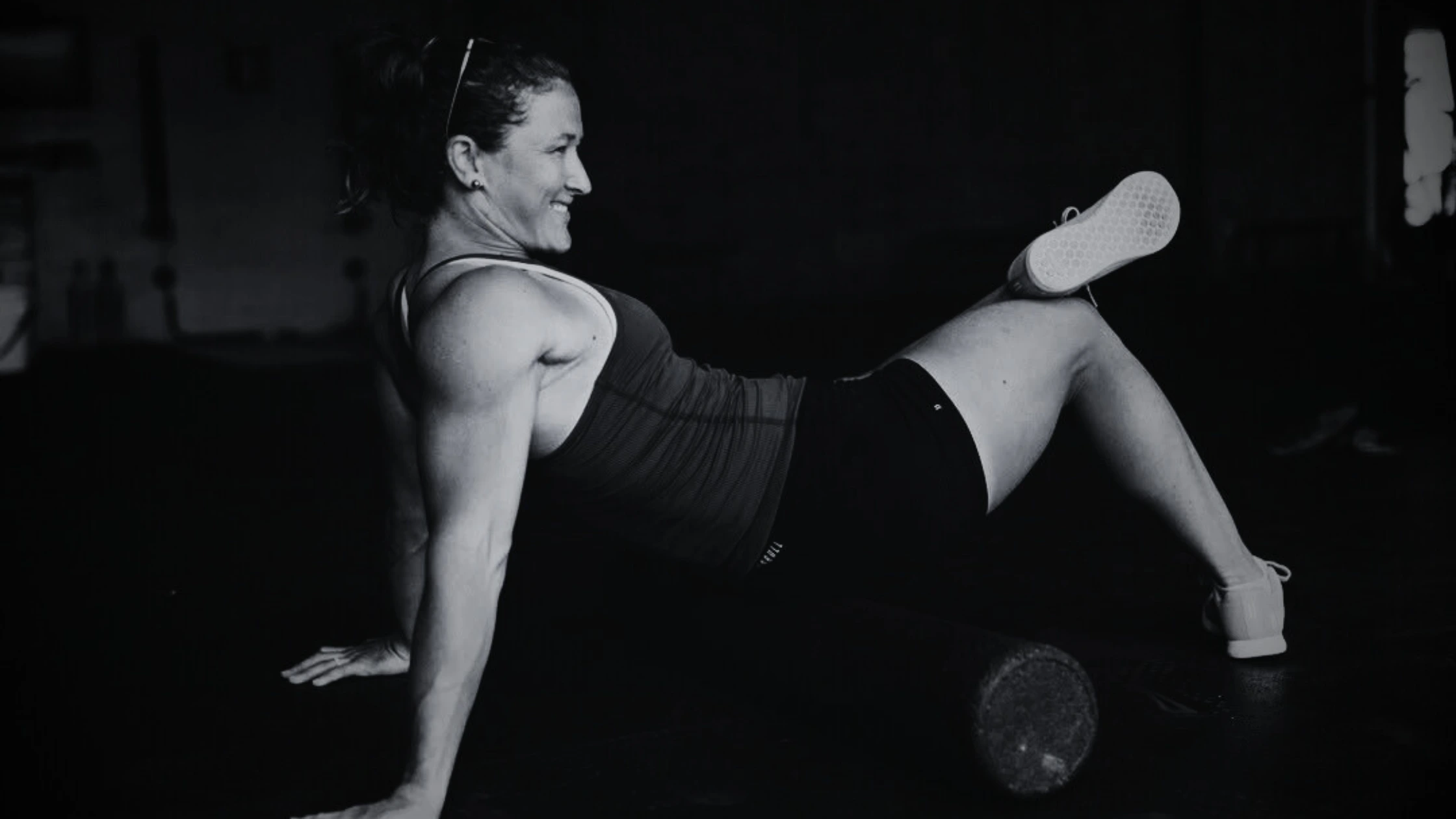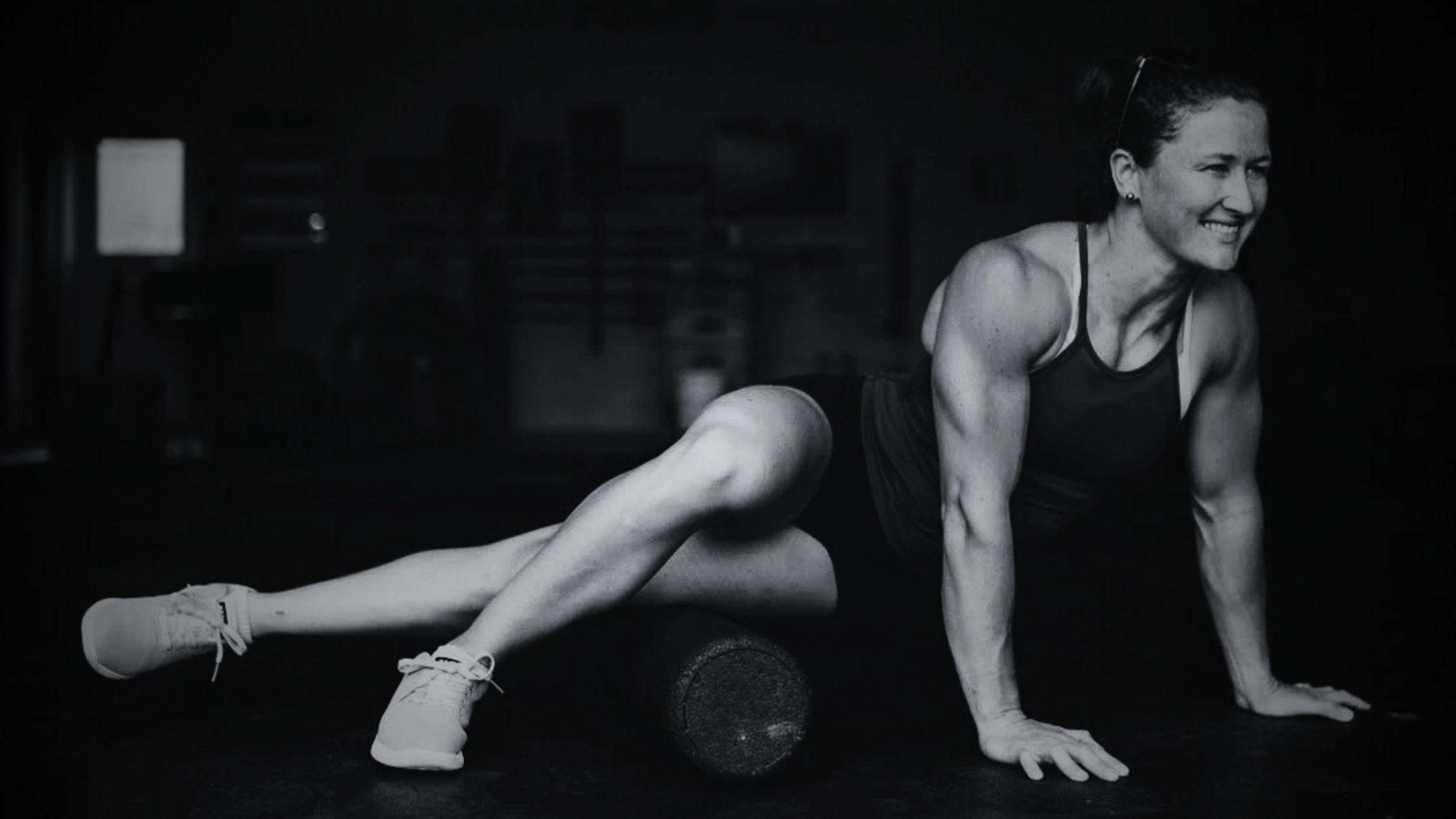You have probably noticed that mobility work doesn’t always get the spotlight in CrossFit, but it really should. You can lift heavy, crush WODs, and hit PRs, but if your joints feel stuck or your muscles are tight, you’re going to struggle. Imagine trying to hit depth in a squat or lock out a clean and jerk without proper range of motion—it’s not just frustrating, it’s a recipe for injury. So question is, do CrossFit athletes prioritize mobility exercises?
The truth is, the smart ones do. Mobility isn’t just about stretching—it’s about unlocking your body’s potential to move efficiently, perform better, and stay in the game for the long haul. Let’s dig into why mobility is such a key piece of the puzzle in CrossFit.
The Importance of Mobility in CrossFit
In CrossFit, we’re all about functional movements, right? Whether it’s hitting a heavy squat, smashing out burpees, or throwing around a kettlebell, mobility plays a massive role in how well we perform. Without the right mobility, even the most badass athletes can find themselves hitting a wall—literally or figuratively.
Think about those overhead squats or snatches—if your shoulders aren’t flexible enough, you’re not going to lock that bar out overhead. Or take squats: without open hips, you’re not getting low enough, and that limits your depth and power. And we all know that poor form equals a higher risk of injury. Mobility exercises target those stiff areas and help you move better, which directly boosts your efficiency and strength.
So, here’s the deal: good mobility means better range of motion, which translates into better form, more effective lifts, and ultimately better performance across the board. Plus, it keeps you from looking like a rusty robot when you’re trying to squat heavy! Without proper mobility, you’re essentially working against your own body, and that’s just not the CrossFit way.
How CrossFit Incorporates Mobility Work
In CrossFit, mobility isn’t something you just tack on at the end of your workout. It’s built into your routine from the start. Think about those warm-ups—before you get into the heavy lifts or the high-intensity WODs, you’ve got to prep your body. This is where mobility work comes in.
You’ll often see dynamic stretching before a workout—think leg swings, arm circles, or deep lunges to loosen up your hips, shoulders, and hamstrings. These moves get the blood flowing and open up tight spots that could hold you back during your WOD.
But mobility work doesn’t stop there. Foam rolling, banded stretches, and joint rotations are regulars in many CrossFit boxes. After a tough session, foam rolling helps break up muscle tightness and speed up recovery, while banded stretches target specific muscle groups, giving them the TLC they need.
And let’s not forget active recovery days—those are perfect for spending extra time on mobility exercises, letting your body recover while keeping those muscles nice and flexible. It’s not about doing mobility work once in a while; it’s about making it a constant part of the routine, ensuring your body is always ready to perform at its best.

The Benefits of Prioritizing Mobility for CrossFit Athletes
Prioritizing mobility might not always feel as exciting as hitting a heavy PR, but the benefits are undeniable. The more you focus on mobility, the better you’ll feel—and the stronger and faster you’ll become.
First up, better range of motion is a huge win. When you increase flexibility in your muscles and joints, you can move through exercises with better form and more efficiency. For example, a deeper squat, a cleaner overhead press, or a smoother snatch all become way easier when your body moves the way it’s meant to. And let’s be honest—who doesn’t want to lift heavier with better form?
Research supports this, with a study published in The Journal of Strength and Conditioning Research showing that flexibility and mobility work improve range of motion and movement efficiency in athletes.
A similar study focused on CrossFit athletes highlighted the importance of mobility for movements like the clean, where better upper-limb flexibility results in more efficient and safer technique. Athletes who incorporate mobility routines into their training experience better joint health and more effective, safer movement patterns.
So, when you’re working on mobility, you’re not just improving your flexibility—you’re enhancing how your body moves, which directly impacts your performance.
Another benefit is improved stability. Mobility work helps strengthen the smaller stabilizing muscles that are often overlooked. These muscles are key for keeping you balanced, especially in complex movements like Olympic lifts or gymnastics. The stronger these muscles are, the more control you have, and the less likely you are to injure yourself while performing a movement at high intensity.
On top of that, mobility can give your body the recovery it needs. By spending time on stretching and foam rolling, you’re reducing muscle tightness and soreness, which means you’ll be able to recover faster between workouts. And we all know recovery is just as important as the work itself—when you recover well, you perform better.
So, when you make mobility a regular part of your CrossFit routine, you’re not just preventing injuries; you’re setting yourself up for better movement, more strength, and faster progress. It’s a key part of becoming a more well-rounded athlete.
Do Crossfit Athletes Prioritize Mobility Exercises? Reddit Opinions
When it comes to mobility exercises, the CrossFit community on Reddit has mixed feelings. Some folks swear by them, while others think they’re overrated. A newbie pointed out that their box mainly does basic warm-ups like Samson and Spider-Man stretches, leaving them wondering if this is the norm.
Veteran CrossFitters chimed in, saying it really depends on the gym. One mentioned their spot focuses on mobility, especially since many members are older and want to avoid injuries. Another highlighted that their gym tailors mobility work to the day’s workout, keeping it relevant and time-efficient.
Some Redditors argued that static stretching before workouts is old news. They advocate for dynamic warm-ups and mobilizing under load, citing research that supports these methods for better performance and fewer injuries. Others suggested saving stretching for after the WOD or on rest days.
The consensus? Not everyone dismisses the idea. Many believe that consistent flexibility training, combining both passive and active stretches, is key to improving range of motion and strength. Whether it’s dynamic warm-ups, post-WOD stretches, or dedicated mobility sessions, how much emphasis to place on mobility exercises seems to be a personal choice influenced by individual goals and gym culture.
The Bottom Line
Mobility plays a huge role in a CrossFit athlete’s journey. It’s not just about stretching; it’s about improving your movement, making you more efficient, and helping you avoid those annoying injuries. When you prioritize mobility exercises, you’re not only boosting your flexibility but also enhancing your performance across every movement in the gym. So, if you’ve ever asked on the internet do CrossFit athletes prioritize mobility exercises?, know that the best athletes absolutely do. It’s about staying strong, moving well, and keeping your body in top shape for the long haul.

